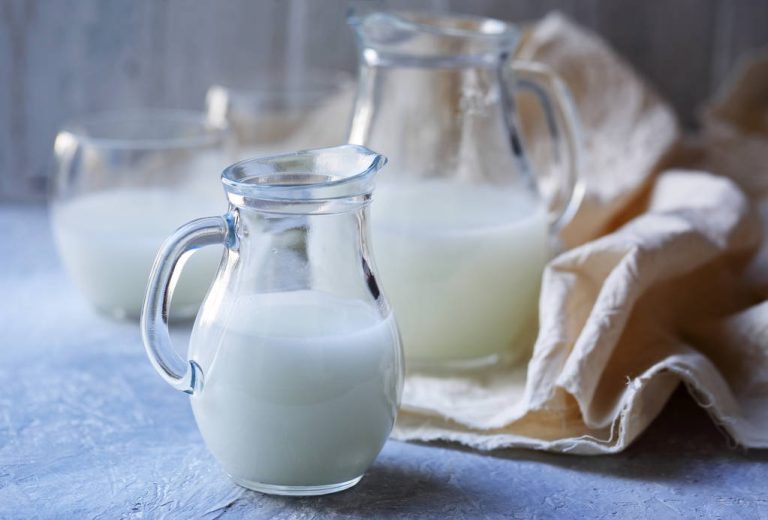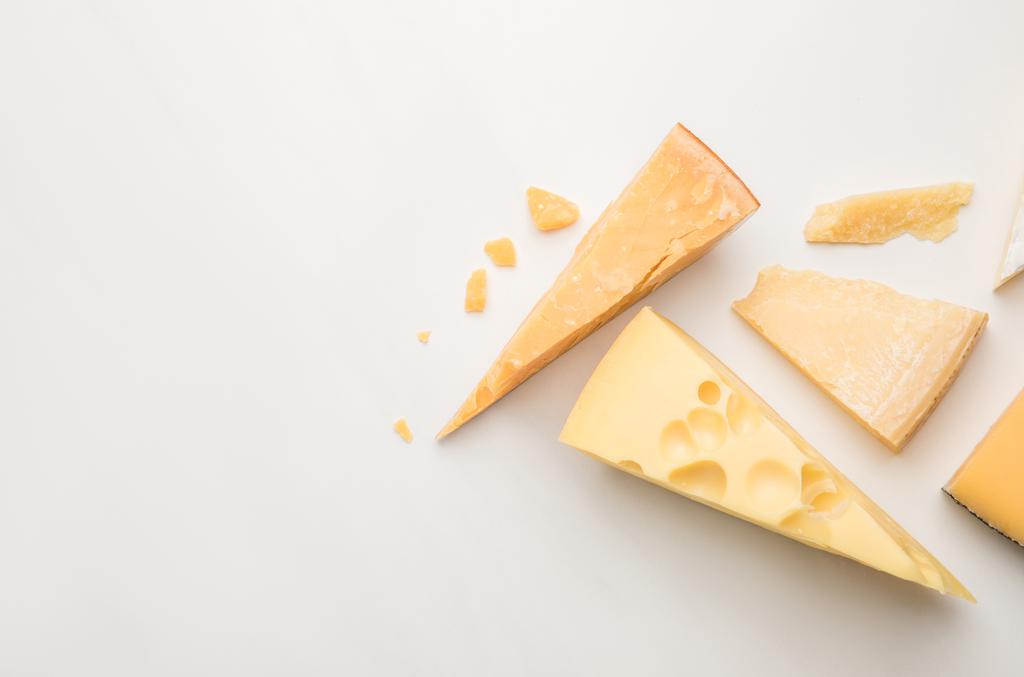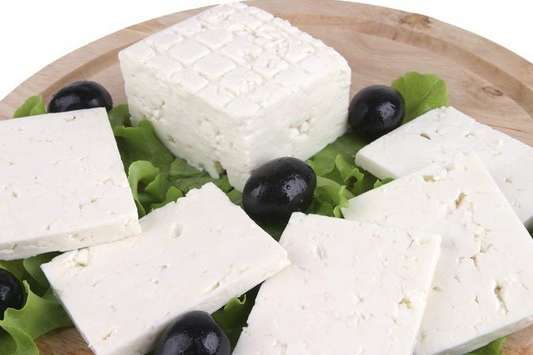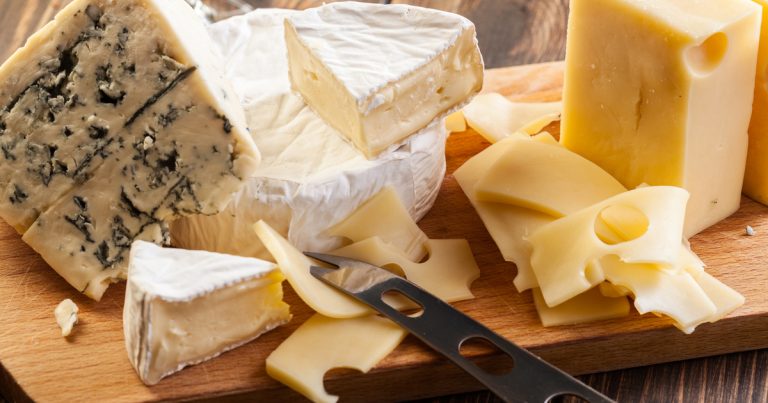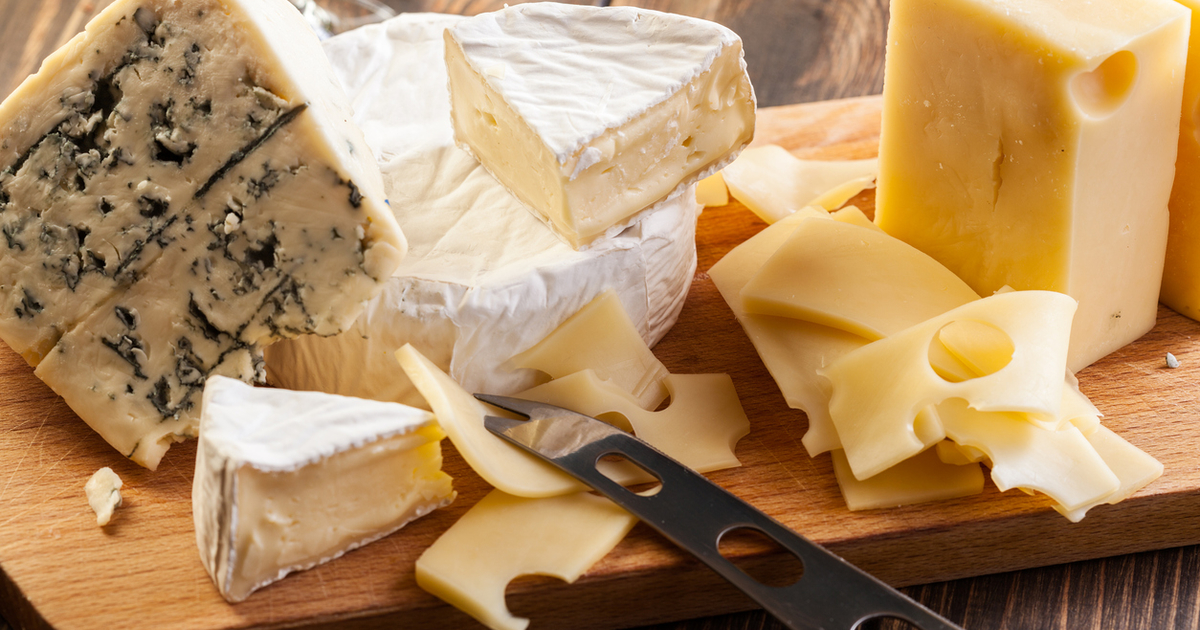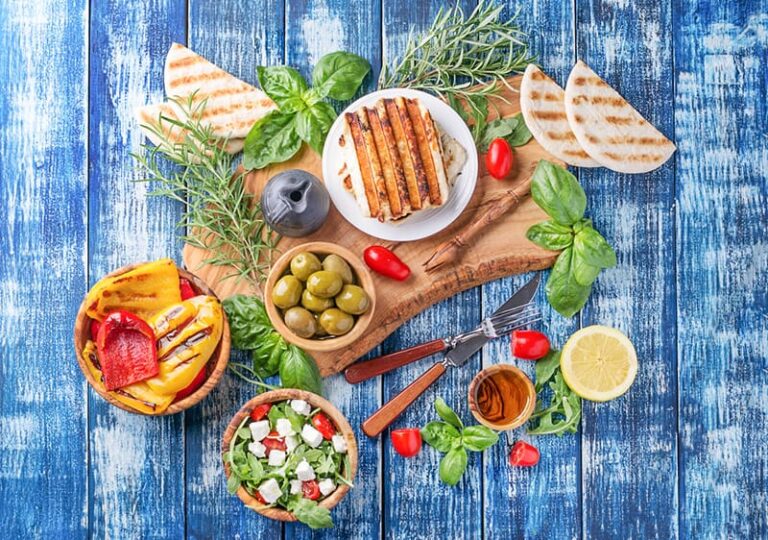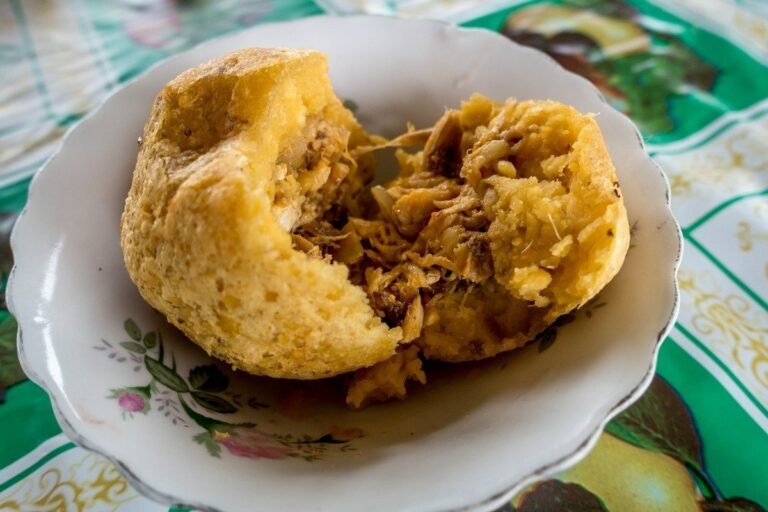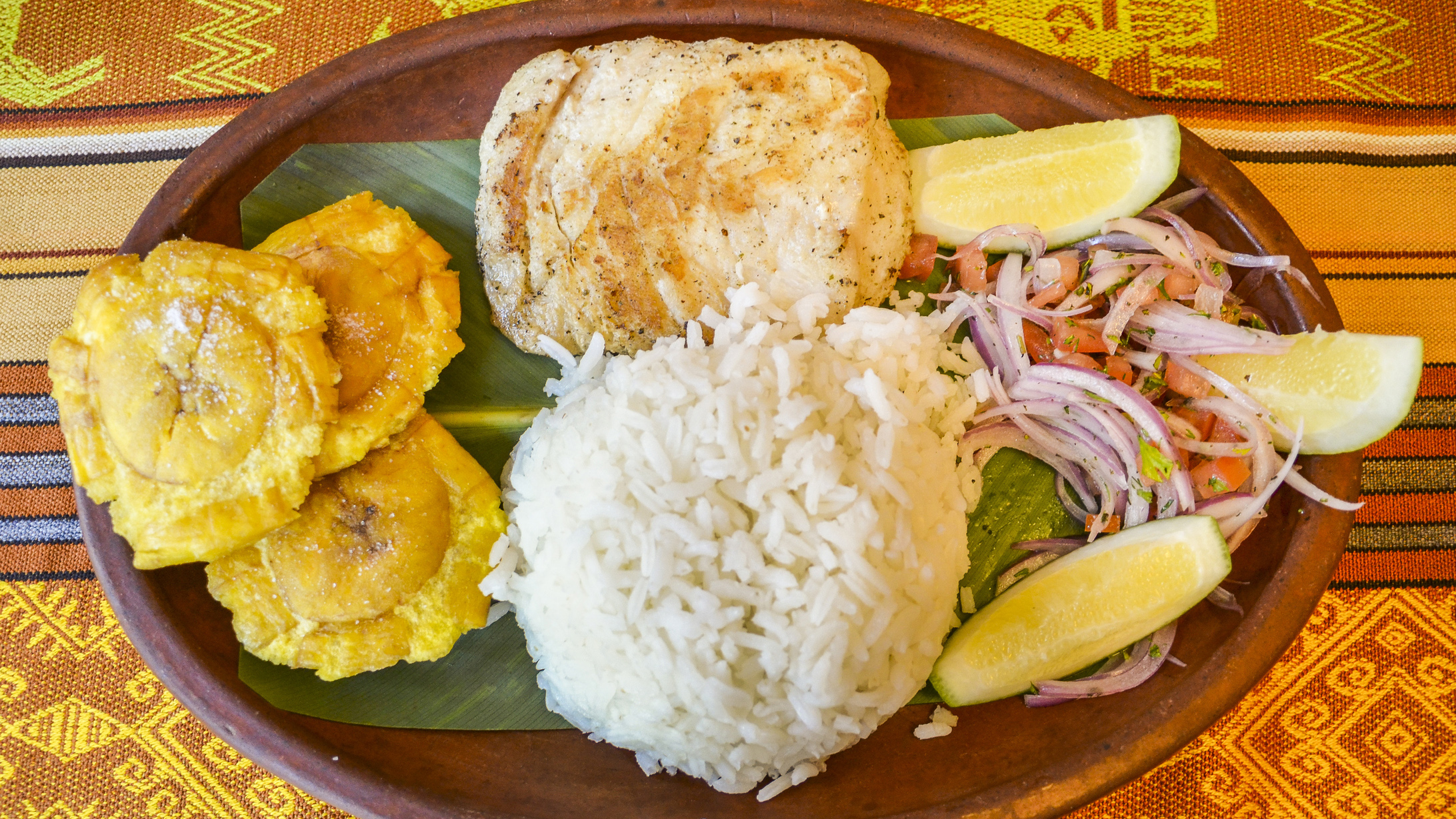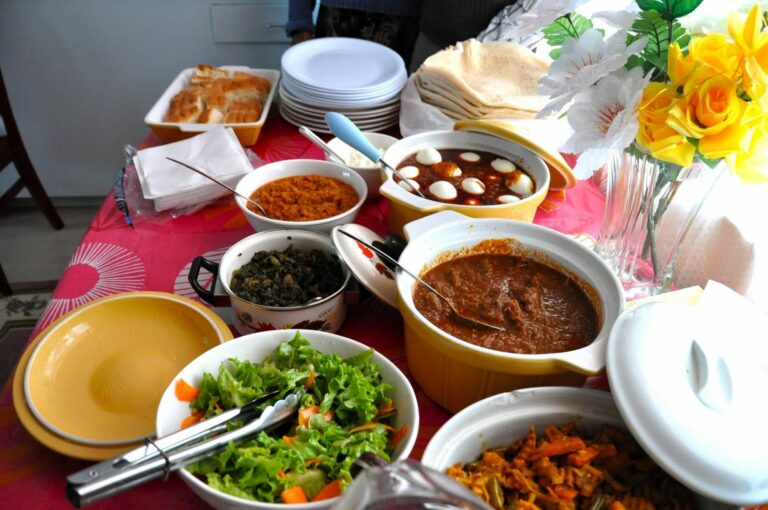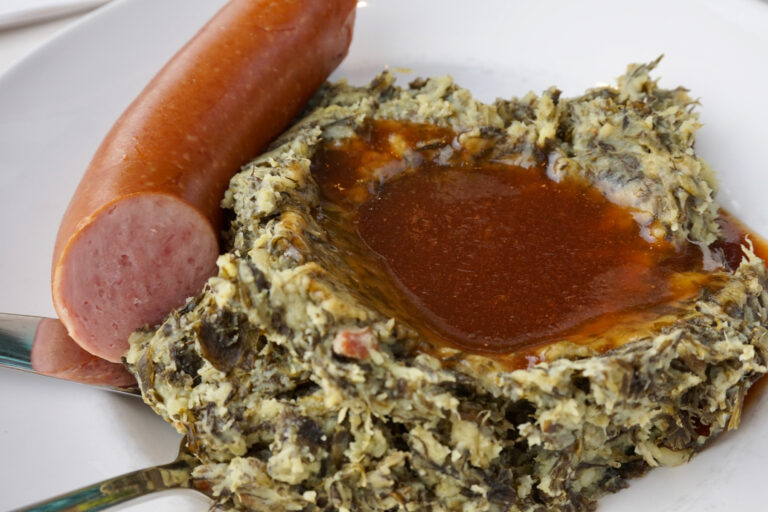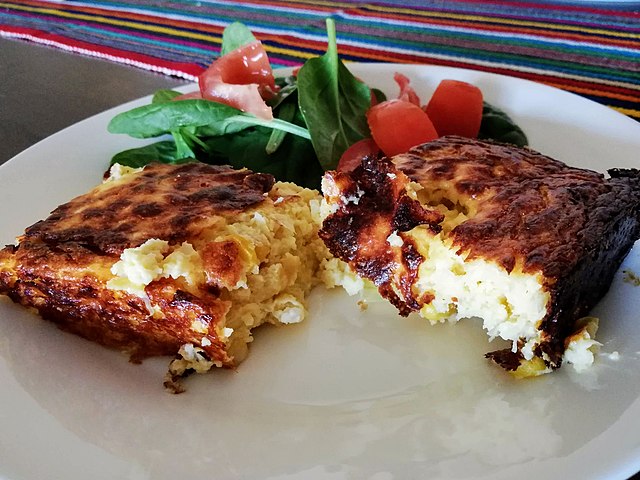Whey was considered a remedy for a long time, but was then forgotten: Today, the “cheese water” is celebrating a comeback. We’ll tell you what whey is all about.

How is whey made?
Whey is a by-product of quark and cheese production. Lactic acid bacteria or rennet are added to the milk to make it firm. The casein, the protein in milk, coagulates. So the cheese will harden. When the curd is then scooped out, a liquid remains – the whey. Depending on the type of cheese production, it can look different. It is usually milky-greenish in color. The taste can also vary. Acid whey is created when lactic acid bacteria are added to the milk, sweet whey is created by rennet. Rennet contains a digestive enzyme that is taken from the stomachs of young calves.
Pure whey does not keep for long. It spoils within two hours. Pasteurization and drying processes for powder production can prevent this.
Whey can be bought as drinks, dietary supplements, protein bars and even in cosmetic products. As with all milk products, you should make sure that they are of organic quality.
ingredients of whey
Since the fat remains in the cheese during cheese production, whey is low in fat and calories. It consists of about 94 percent water, but it still contains many nutrients and the important amino acids leucine, isoleucine and valine. Whey is particularly rich in potassium and calcium. It also contains iron, vitamins B1 and B2, and iodine.
There is also protein in whey, but the content is relatively low. But it is a particularly valuable protein that can be easily utilized by the human body and helps to build muscle. Whey is therefore very popular with strength athletes, especially in powder form.
It doesn’t matter whether it’s sweet or sour whey: the nutrient content remains the same.
How does whey work?
Many studies have already proven that whey has a positive effect on our body.
Effect of whey:
Whey drains and purifies.
The lactic acid in whey is good for the intestinal flora and liver function. This strengthens our immune system.
Thanks to the calcium, the risk of osteoporosis is reduced.
It helps prevent muscle cramps.
If whey is in skin care products, it helps with blemishes and dry and sagging skin.
Whey not only has positive effects on health, it also has a right to exist in terms of the overall utilization of food. If you want to avoid unnecessary animal suffering, use sour whey. So you can be sure that no animal rennet is included.

